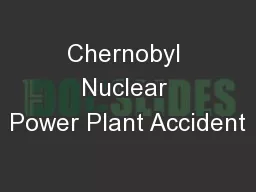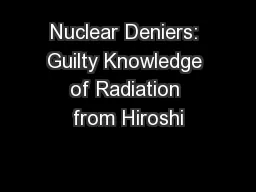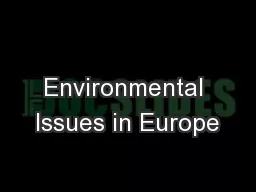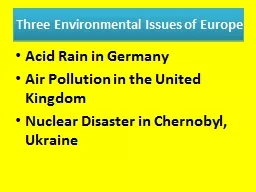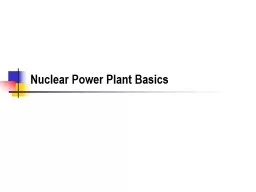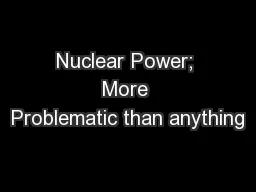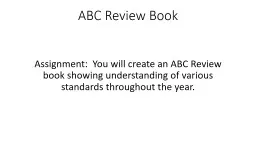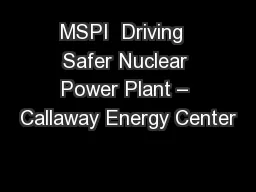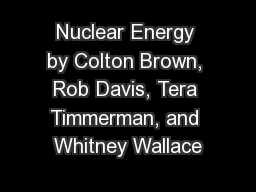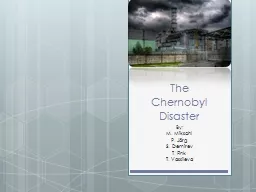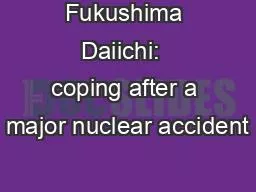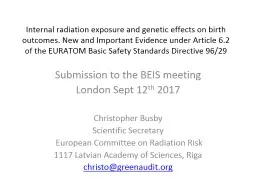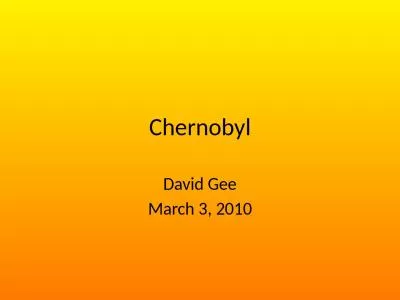PPT-Chernobyl Nuclear Power Plant Accident
Author : briana-ranney | Published Date : 2017-03-21
April 1986 httpspublicintelligencenetwpcontentuploads201103chernobyljpg By the time the Soviet Union fell apart in 1991 they had 17 nuclear power plants with more
Presentation Embed Code
Download Presentation
Download Presentation The PPT/PDF document "Chernobyl Nuclear Power Plant Accident" is the property of its rightful owner. Permission is granted to download and print the materials on this website for personal, non-commercial use only, and to display it on your personal computer provided you do not modify the materials and that you retain all copyright notices contained in the materials. By downloading content from our website, you accept the terms of this agreement.
Chernobyl Nuclear Power Plant Accident: Transcript
Download Rules Of Document
"Chernobyl Nuclear Power Plant Accident"The content belongs to its owner. You may download and print it for personal use, without modification, and keep all copyright notices. By downloading, you agree to these terms.
Related Documents

